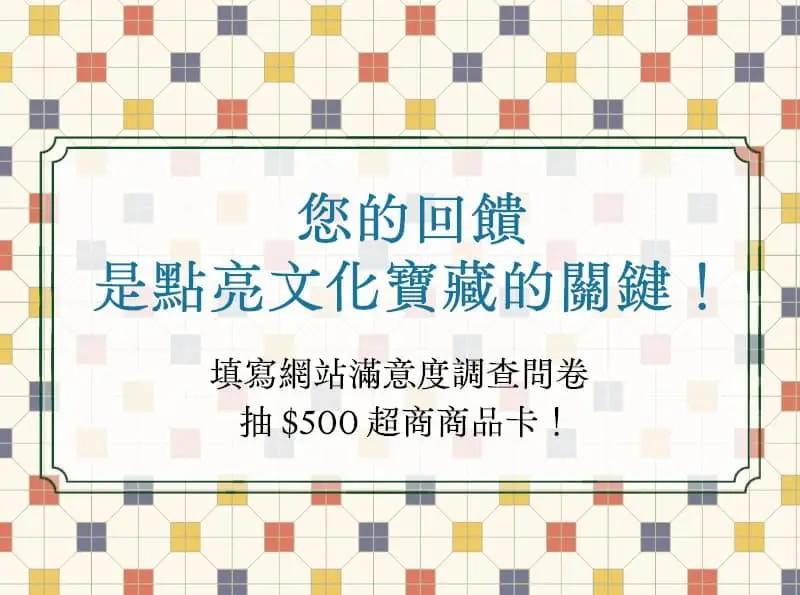購買完食材,我通常會一次整理完,從洗菜、切菜、分裝到冰箱中,以利保存得能更長久一些,這都是要考慮進來的因素。
在準備料理給孩子和自己時,我盡量以原始食材為取向,洋蔥、紅蘿蔔,番茄、高麗菜和南瓜,以這些食材為湯的基底食材熬煮,加些鹽巴和薑黃粉,就是一鍋健康鮮美的湯品,偶爾會加些肉片和魚片,增加蛋白質,搭配一碗白飯,灑上海苔粉,搭配一個燙花椰菜,我和孩子都會滿足的用完這一餐。
雖然好似很簡單的料理,但起因其實是因為平時先生飲食習慣的關係,週末或有需要的時候,時常在外用餐,太過精緻的料理,讓我們身體和味蕾都有不小的負擔,若能在家中用餐,我會盡可能使用最簡單的料理,讓身體輕鬆一點,也讓就讀國小的孩子能攝取多一些蔬菜,我想這就是媽媽無法自拔的,想要盡可能給小孩營養的慾望吧。
經由這次的冥想我還想起了小時候,家中人口較多時,一家熱鬧坐在一起吃飯的時光,我那很會料理的外婆,偶爾來家裡探訪時,總會煮好大一鍋牛肉麵,讓工作忙碌的媽媽,在平時可以輕鬆一些,也讓我們記得外婆的口味,想到這,也希望自己能成為這樣一個,能給小孩留下屬於媽媽特有的味道,一個閉上眼睛就能回想起的,屬於媽媽的料理。
During the meditation, I automatically drifted into the routines of my daily life. From the scenery of walking to the market, considering the seasonality of ingredients, to the impact of typhoon-induced price increases and the need for substitute ingredients, each shopping trip is an accumulation of experience that I deeply enjoy.
After buying the ingredients, I usually organize everything at once. I wash, chop, and pack the vegetables for longer preservation in the refrigerator. These considerations are all part of the process.
When preparing meals for my children and myself, I aim to use raw ingredients. I use onions, carrots, tomatoes, cabbage, and pumpkin as the base for soups. Adding some salt and turmeric powder makes a healthy and delicious soup. Occasionally, I add slices of meat or fish for protein. Paired with a bowl of white rice sprinkled with seaweed powder and a side of blanched broccoli, it makes a satisfying meal for both my children and me.
Although these meals seem simple, they stem from my husband's dietary habits. On weekends or when needed, we often dine out, which can burden our bodies and taste buds with overly elaborate dishes. When we can eat at home, I try to use the simplest ingredients to keep our bodies light and to ensure my school-aged child gets plenty of vegetables. This desire to provide nutritious meals for my child is something I can't help but indulge in as a mother.
This meditation also reminded me of my childhood when our large family would sit together for lively meals. My grandmother, an excellent cook, would occasionally visit and make a big pot of beef noodles, giving my busy mother a break and allowing us to savor grandmother's cooking. Reflecting on this, I hope to create similar memories for my children, where they can always recall the unique flavors of my cooking—something they can remember fondly when they close their eyes, just like the dishes my grandmother made.
-
《島嶼未來料理教室》Future Formosa Culinary Lab Profile Nr.043
31-40歲的臺北市外食重口味者,平均花費3-500元在餐費上。因為在南法吃的馬賽魚湯,因為很腥而對飲食記憶留下深刻印象。如果世界末日終將來到,會選擇與家人共享這一餐。關於家庭的一道料理,她提到紅蘿蔔馬鈴薯排骨湯。
"Heavy Flavor Diner"
Female(31-40 yrs)/ Kaohsiung City / 3-500 NTD per meal
Profound dining impressions were shaped by the bouillabaisse she had in southern France, which left a lasting memory due to its strong fishy taste.
If the end of the world were to come, she would choose to share the meal with her family.
As for a family dish, she mentioned carrot and potato pork rib soup.
-
國立臺灣歷史博物館的第 1 個「公共飲食記憶 NFT 化」實驗計畫《超時空島嶼餐桌》
National Museum of Taiwan History's First NFT Experimental Project on Public Dining Memories《Time-Space Dining Tables》
「國立臺灣歷史博物館」為推動國家文化記憶庫之永續發展,融入當代議題、常民生活及在地關懷,連結博物館專業、數位創新思維與多元社群行動,以促進臺灣原生文化之活化運用,鼓勵全民共同開展記憶庫多元主題與主題素材近用。
本計畫案於112年推出《島嶼庫客 Islands Cooker》飲食記憶系列7支影片,探究臺灣飲食的歷史成因,113年延續「餐桌」的概念,加入「未來」元素,委由畸零地創造股份有限公司辦理《島嶼未來料理教室——NFT設計工作坊》,以記憶庫長期深耕之飲食記憶主題,透過非同質化代幣(Non-Fungible Token,以下簡稱 NFT)設計工作坊,增進記憶庫之內容與應用,落實臺灣原生文化之推廣。
《島嶼未來料理教室——NFT設計工作坊》以「推測設計」為核心,反思記憶料理的獨特性,其之於 NFT的當代意義及其飲食文化價值,並將工作坊延伸設計為「發掘身體飲食記憶,運用想像和推測來創造未來島嶼飲食文化」的參與式體驗活動。工作坊由編舞家與引導師,透過一連串的帶領、想像和對話,挖掘及連結蘊藏身體感知中的飲食記憶,並讓參與者書寫飲食記憶;接著由畸零地工作室與生成式AI 「ChatGPT 4o」協作製作出 「記憶食譜 NFT」及文字翻譯;最後線上場以「圍爐」的概念,讓參與者在雲端上互相分享與交流。
這些飲食記憶透過NFT不可替代、數位交換的特性,被永久保存並流傳,期望每個人都能回首屬於自己的飲食記憶和歷史,經由公共化的途徑與媒介,成為社會記憶的一部份,構築社群認同的可能。
To promote the sustainable development of the Taiwan Cultural Memory Bank, the National Museum of Taiwan History integrates contemporary issues, ordinary life, and local concerns. By combining museum expertise, digital innovation, and diverse community actions, it aims to revitalize and utilize Taiwan's indigenous culture. The museum encourages the public to collaboratively develop and access various themes and materials within the memory bank.
This project launched the "Islands Cooker" series of seven videos on culinary memories in 2023, exploring the historical origins of Taiwanese cuisine. Continuing with the concept of the "dining table" and incorporating "future" elements in 2024, the project entrusted Ground Zero Co., Ltd. to handle the "Islands Future Cuisine Classroom—NFT Design Workshop." By delving into the long-term themes of culinary memories from the Taiwan Cultural Memory Bank and utilizing the Non-Fungible Token (NFT) design workshop, the project aims to enhance the content and application of the memory bank, promoting the dissemination of Taiwan's indigenous culture.
The "Islands Future Cuisine Classroom—NFT Design Workshop" centers on "speculative design," reflecting on the uniqueness of memory cuisine and its contemporary significance and culinary cultural value in relation to NFTs. The workshop is extended into a participatory experiential activity, designed as "discovering culinary memories in body and using imagination and speculation to create future island culinary culture." The workshop, led by choreographers and facilitators, guides participants through a series of activities, including imagination and dialogue, to uncover and connect with culinary memories embedded in their bodily perceptions. Participants then write down their culinary memories. Next, Ground Zero Co., Ltd. collaborates with the generative AI "ChatGPT 4o" to create "Memory Recipe NFTs" and translate the texts. Finally, the online session, based on the concept of "reunion dinner," allows participants to share and exchange their experiences and creations in the cloud.
These culinary memories, preserved and circulated through the non-fungible and digital exchange characteristics of NFTs, are expected to be permanently stored and shared. The goal is for everyone to reflect on their own culinary memories and histories, making them part of societal memory through public pathways and media, thereby fostering a sense of community identity.
※本圖像為AI生成內容
※This image is AI-generated content.












